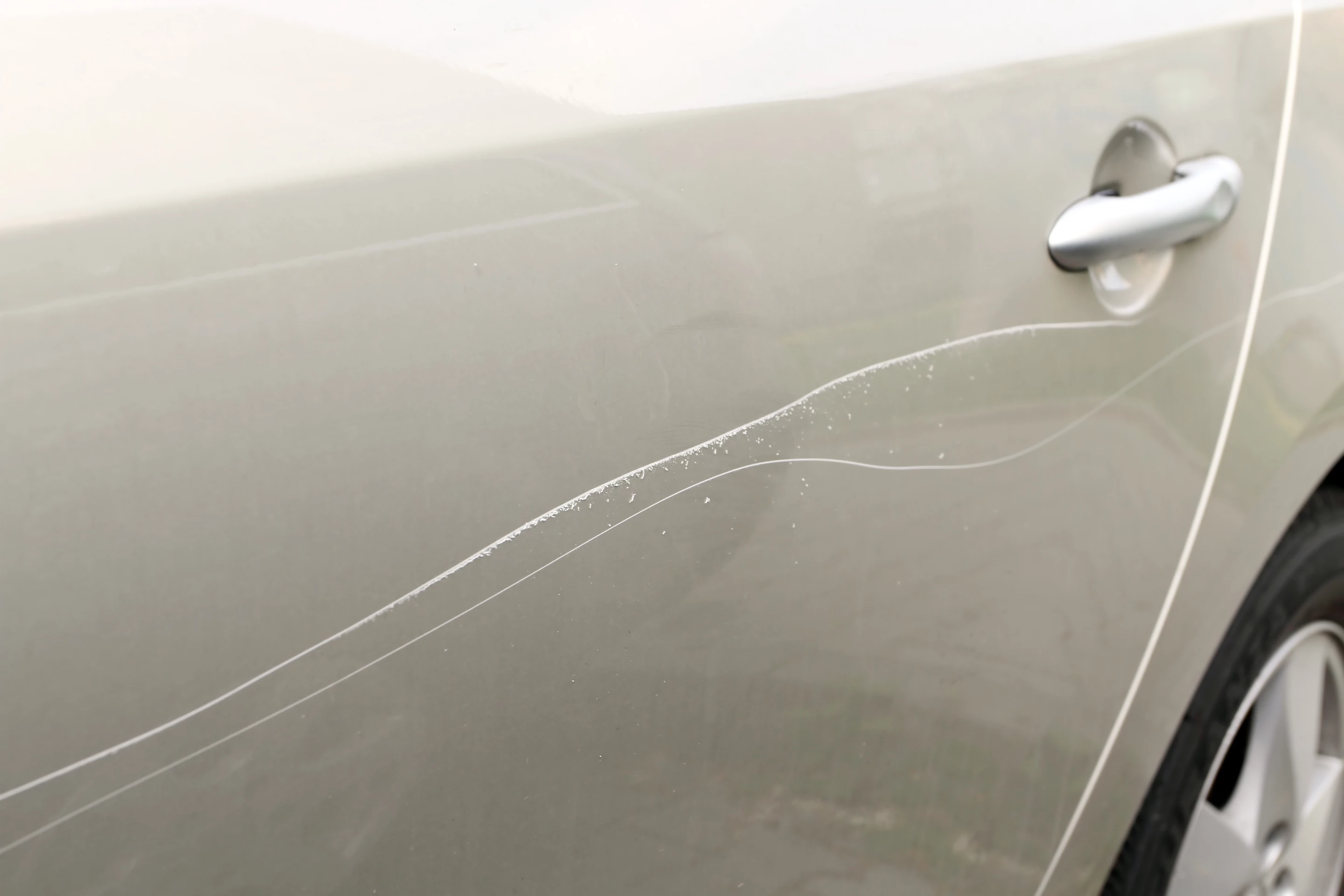Researchers at Germany's Karlsruhe Institute of Technology (KIT) have developed a self-healing polymer that can mend itself and fully restore its mechanical properties in just a few minutes when heated at low temperatures. The material could be used to create self-repairing sealants, scratch-resistant paints, and more reliable fiber-reinforced plastic components.
Self-healing polymers are extemely attractive materials, but creating the "ideal" polymer is far from easy, and compromises are in order. So far, scientists have mainly approached the problem from two angles: they've either used a network of embedded microcapsules containing a healing agent (which can only heal the material a limited number of times), or materials that can heal indefinitely because they are bound together by reversible chemical reactions (but need a large amount of energy as a catalyst).
The research team headed by Christopher Barner-Kowollik used a third approach. They created a "switchable network" of crosslinked fibers or small molecules that are bonded by a reversible chemical reaction. The peculiarity of this material is that the fibers can be broken down into their constituents and then reassembled again when heat is applied.
There are several key advantages to the new approach: firstly, the self-healing process can be started by applying either heat, light, or a chemical substance; secondly, the healing requires only a few minutes when applying comparatively little heat (120°C/250°F); and lastly, the mechanical properties of the material can be fully restored, and the polymer can keep breaking and healing in this way for a theoretically unlimited number of times.
Barner-Kowollik and colleagues also found that their method can be applied to a number of other known plastics, and that it can be used to change the mechanical properties of the materials with a high degree of precision.
Potential applications could include fiber-reinforced plastic components, rapid prototyping, adhesives, composite materials, scratch-resistant paints, and self-healing sealants.
The results of the research were published in the latest issue of the journal Advanced Materials.
Source: KIT




